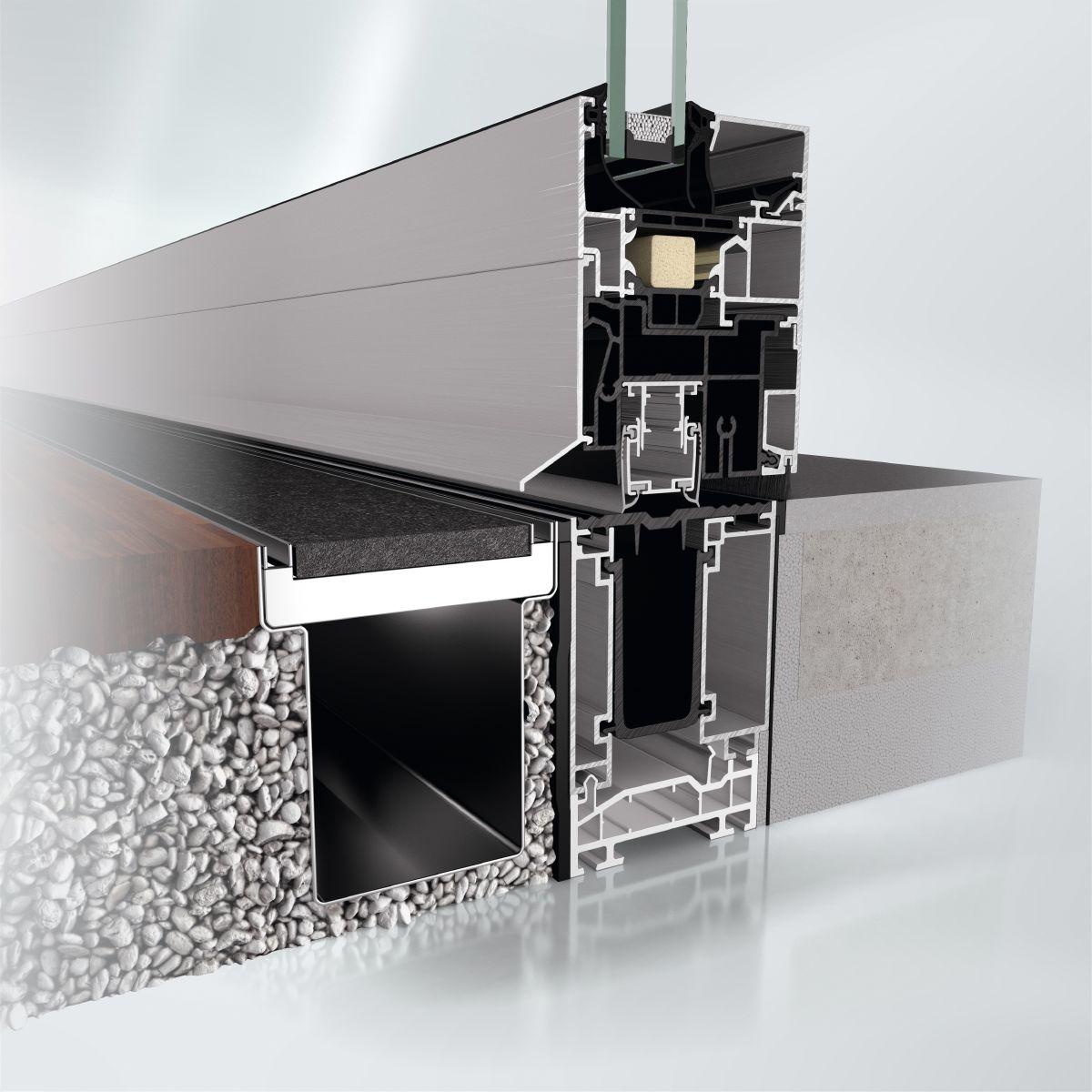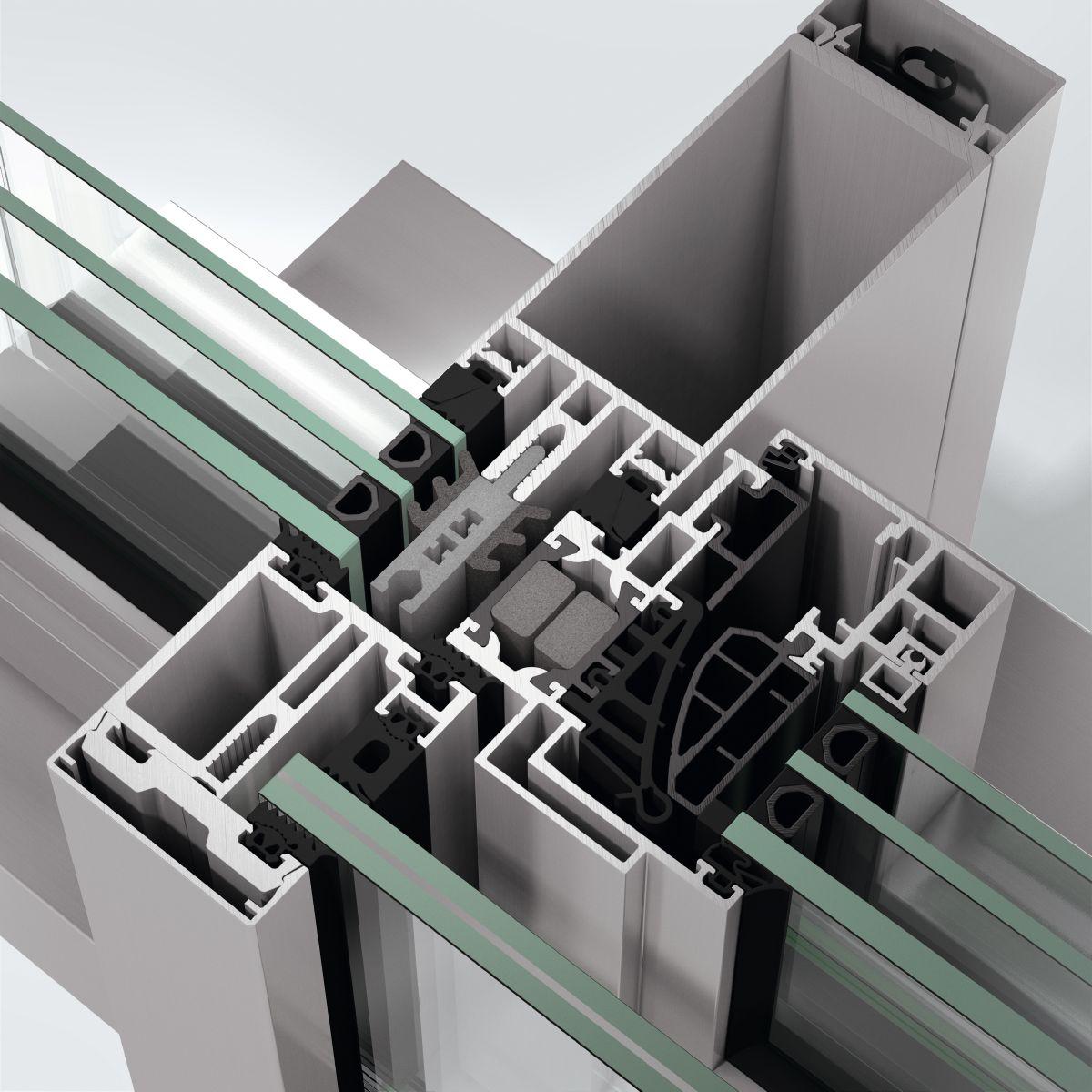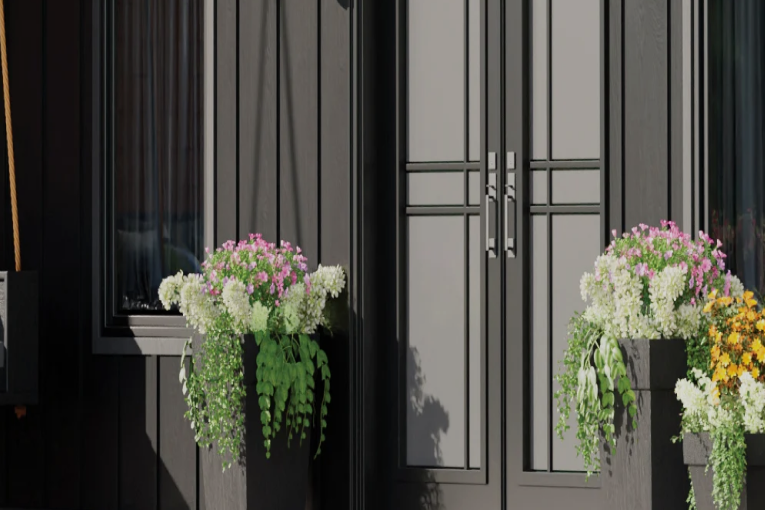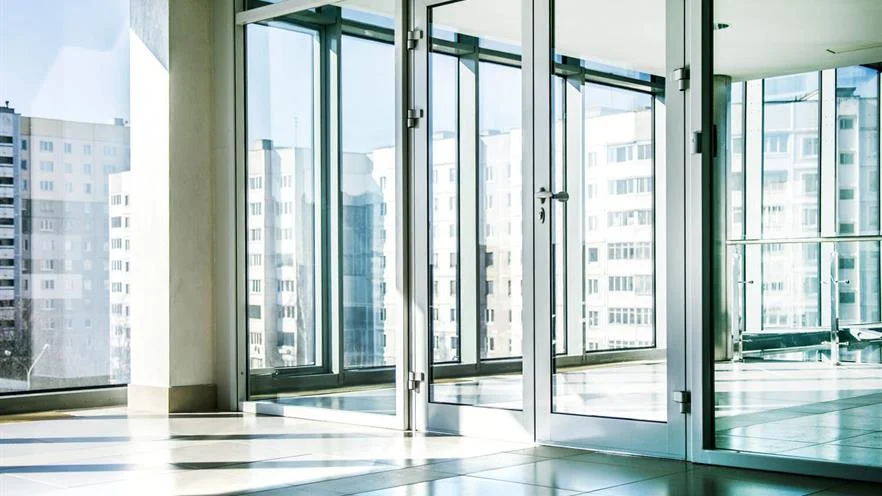urtain Wall House: A Modern Approach to Residential Architecture
A curtain wall house is a contemporary architectural concept where large, non-structural glass facades are installed to create an open and visually appealing exterior. Unlike traditional walls, curtain walls do not bear any structural load and are primarily designed to enhance the building’s aesthetic and environmental performance.
Key Features of Curtain Wall Houses:
- Transparency and Openness:
- Curtain walls allow for large expanses of glass, offering panoramic views and a seamless connection between indoor and outdoor spaces.
- They create a sense of openness and spaciousness, making smaller homes feel larger and brighter.
- Light Optimization:
- Residential curtain walls maximize natural daylight, reducing the need for artificial lighting and lowering energy costs.
- The use of high-performance glazing can prevent excessive heat gain and glare.
- Thermal Efficiency:
- Modern curtain wall systems incorporate insulated glass and thermally broken aluminum frames to improve energy efficiency.
- Homeowners can enjoy a comfortable indoor climate while reducing heating and cooling expenses.
- Customization Options:
- Curtain wall houses can be designed with various materials, such as aluminum, steel, or wood, to match the aesthetic preferences of the homeowner.
- Different finishes, colors, and glass types can be chosen to create a personalized look.
Advantages of a Curtain Wall House:
- Aesthetic Appeal: Sleek, modern designs that enhance the value of the property.
- Energy Savings: Advanced glazing options for better insulation and energy efficiency.
- Structural Flexibility: Works well with different architectural styles and layouts.
- Durability: Resistant to environmental elements like wind, rain, and UV rays.
Challenges to Consider:
While curtain walls offer many benefits, homeowners should consider factors such as initial installation costs, regular maintenance requirements, and potential privacy concerns due to extensive glazing.





